Modulating control valve air brakes, a pivotal component in modern braking systems, offer unparalleled precision and control. Their intricate design and operation warrant a thorough exploration to unravel their significance and impact on the automotive industry.
The following discourse delves into the principles, advantages, and applications of modulating control valve air brakes. It also sheds light on their design, maintenance, and future advancements, providing a comprehensive understanding of this essential technology.
Modulating Control Valve Air Brakes: An Overview
Modulating control valves are crucial components in air brake systems, enabling precise control over braking force. They play a pivotal role in ensuring vehicle safety and stability.
The modulating control valve consists of several components, each with a specific function:
Pressure Regulator
- Regulates the supply pressure of compressed air to the brake chambers.
- Maintains a constant pressure level, regardless of fluctuations in the air supply.
Application Valve
- Controls the flow of compressed air to the brake chambers.
- Modulates the air pressure in the brake chambers based on the driver’s input.
Release Valve
- Releases compressed air from the brake chambers when the driver releases the brake pedal.
- Ensures a smooth and controlled release of braking force.
Relay Valve
- Amplifies the driver’s input to the application valve.
- Provides the necessary force to open and close the application valve.
Principles of Operation
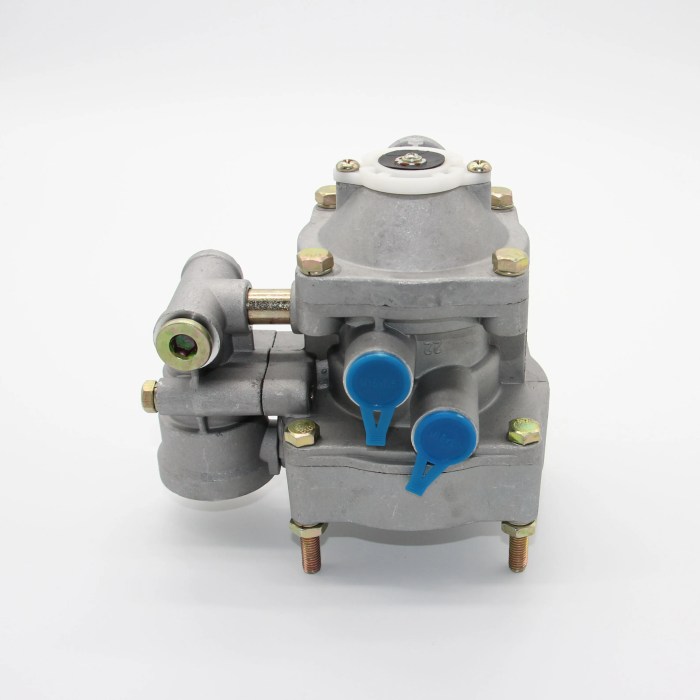
Modulating control valves regulate air pressure to achieve precise control over braking force. They operate on the principle of proportional control, adjusting air pressure based on the driver’s input.
Relationship between Air Pressure and Braking Force
In air brake systems, air pressure directly influences braking force. Higher air pressure increases the force applied to the brake pads, resulting in greater braking power. Modulating control valves precisely adjust air pressure to deliver the desired braking force.
Step-by-Step Explanation of Valve Operation during Braking
- Driver Input:When the driver presses the brake pedal, it sends a signal to the modulating control valve.
- Valve Response:The valve senses the driver’s input and modulates the air pressure accordingly.
- Pressure Increase:The valve increases air pressure to the brake actuators.
- Actuator Activation:Increased air pressure activates the brake actuators, which apply force to the brake pads.
- Braking Force:The brake pads press against the rotors, generating friction and slowing down the vehicle.
Advantages and Disadvantages
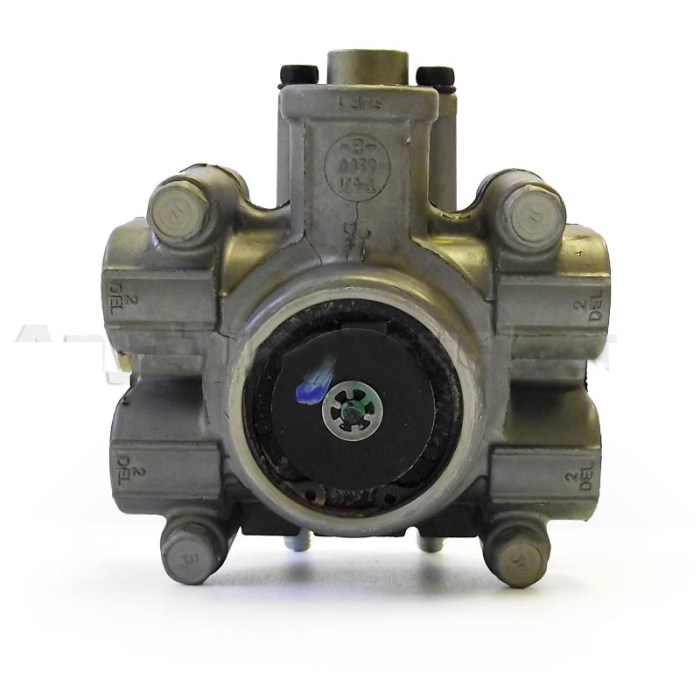
Modulating control valves offer several advantages in air brake systems, including improved braking performance, reduced maintenance, and increased safety. However, they also have some potential disadvantages, such as higher cost and complexity.
Advantages
- Improved Braking Performance:Modulating control valves provide more precise and responsive braking than traditional air brake valves. This is because they can control the amount of air pressure applied to the brakes, allowing for smoother and more controlled stops.
- Reduced Maintenance:Modulating control valves are less likely to require maintenance than traditional air brake valves. This is because they have fewer moving parts and are less prone to wear and tear.
- Increased Safety:Modulating control valves can help to improve safety by reducing the risk of skidding and rollovers. This is because they can provide more precise control over the brakes, allowing drivers to maintain better control of the vehicle.
Disadvantages
- Higher Cost:Modulating control valves are more expensive than traditional air brake valves. This is because they are more complex and require more sophisticated components.
- Complexity:Modulating control valves are more complex than traditional air brake valves. This can make them more difficult to install and maintain.
- Compatibility:Modulating control valves are not compatible with all air brake systems. This is because they require a specific type of air compressor and other components.
Comparison with Other Types of Air Brake Valves
Modulating control valves offer several advantages over other types of air brake valves, including:
- Improved Braking Performance:Modulating control valves provide more precise and responsive braking than traditional air brake valves.
- Reduced Maintenance:Modulating control valves are less likely to require maintenance than traditional air brake valves.
- Increased Safety:Modulating control valves can help to improve safety by reducing the risk of skidding and rollovers.
However, modulating control valves are also more expensive and complex than traditional air brake valves.
Applications
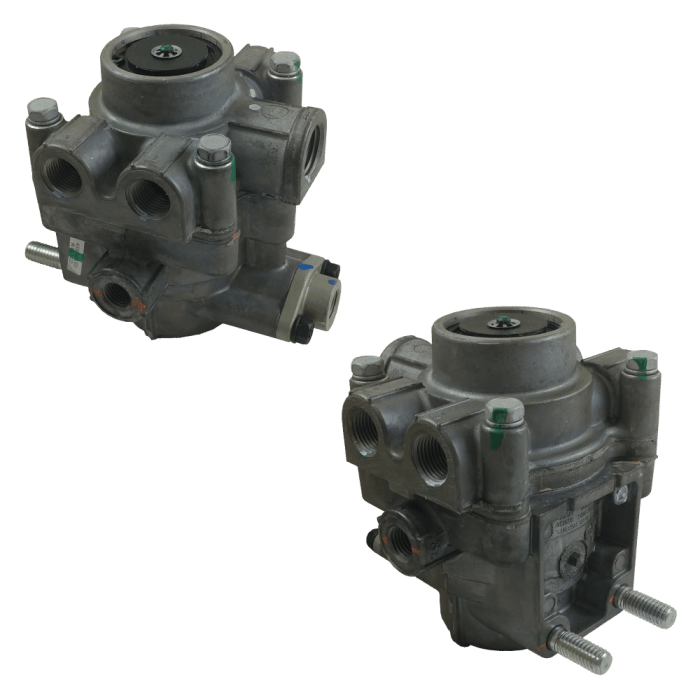
Modulating control valves are widely used in various industries and applications due to their precise control and reliability. They are commonly found in:
Automotive Industry, Modulating control valve air brakes
Modulating control valves are used in automotive air brake systems to regulate air pressure to the brakes. This allows for smooth and controlled braking, reducing the risk of skidding or premature wear. The valve’s ability to modulate air pressure based on the driver’s input ensures optimal braking performance in different conditions.
Industrial Machinery
In industrial settings, modulating control valves are used to control the flow of compressed air to pneumatic actuators, cylinders, and other equipment. They provide precise regulation of air pressure and flow, enabling accurate positioning and control of machinery. The valve’s ability to respond quickly to changes in demand makes it suitable for applications requiring fast and precise actuation.
Transportation
Modulating control valves are employed in railway air brake systems to regulate air pressure throughout the train. They ensure uniform braking force across all cars, reducing the risk of derailment or excessive wear. The valve’s ability to adjust air pressure based on the length and weight of the train contributes to safe and efficient braking.
Design and Implementation
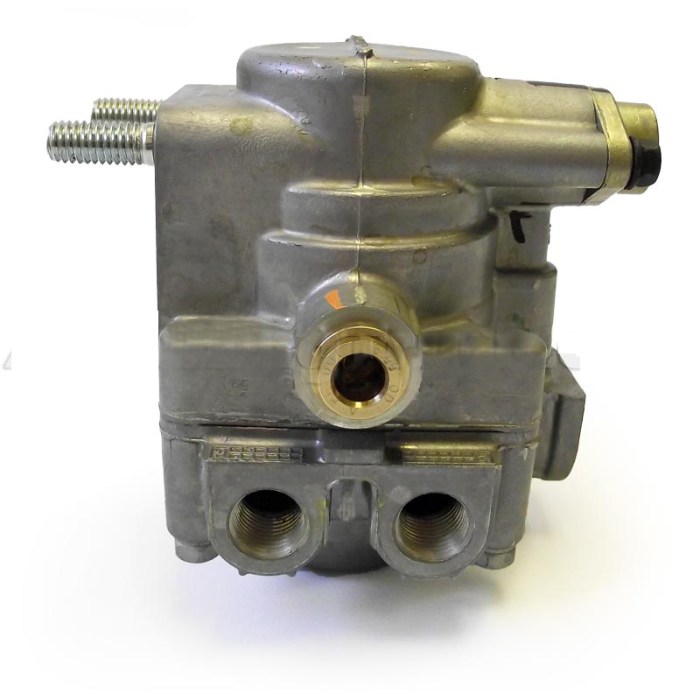
Modulating control valves are engineered with meticulous attention to design considerations, ensuring optimal performance and reliability. These valves are typically constructed from durable materials such as stainless steel, bronze, or cast iron, which can withstand harsh operating conditions and provide extended service life.
The manufacturing process involves precision machining and assembly techniques to ensure accuracy and consistency. Advanced technologies, such as computer-aided design (CAD) and computer-aided manufacturing (CAM), are employed to optimize valve design and ensure precise manufacturing tolerances.
Materials and Manufacturing
The choice of materials for modulating control valves depends on the specific application requirements, including the operating pressure, temperature, and fluid compatibility. Stainless steel is a popular choice due to its corrosion resistance, strength, and durability. Bronze is another common material, offering good corrosion resistance and machinability.
Cast iron is often used in high-pressure applications due to its strength and affordability.
Manufacturing processes involve precision machining, casting, and assembly. Advanced techniques like CNC machining and laser cutting ensure accurate dimensions and smooth surfaces, reducing friction and wear. Quality control measures throughout the manufacturing process guarantee consistent performance and reliability.
Proper Installation and Maintenance
Proper installation and maintenance are crucial for optimal performance and longevity of modulating control valves. Incorrect installation can lead to premature failure or reduced efficiency. It is essential to follow the manufacturer’s instructions carefully and ensure the valve is installed in the correct orientation and with appropriate support.
Regular maintenance is vital to ensure the valve operates smoothly and efficiently. This includes periodic inspections, cleaning, and lubrication. Monitoring the valve’s performance and making timely adjustments can help prevent problems and extend the valve’s service life.
Troubleshooting and Maintenance
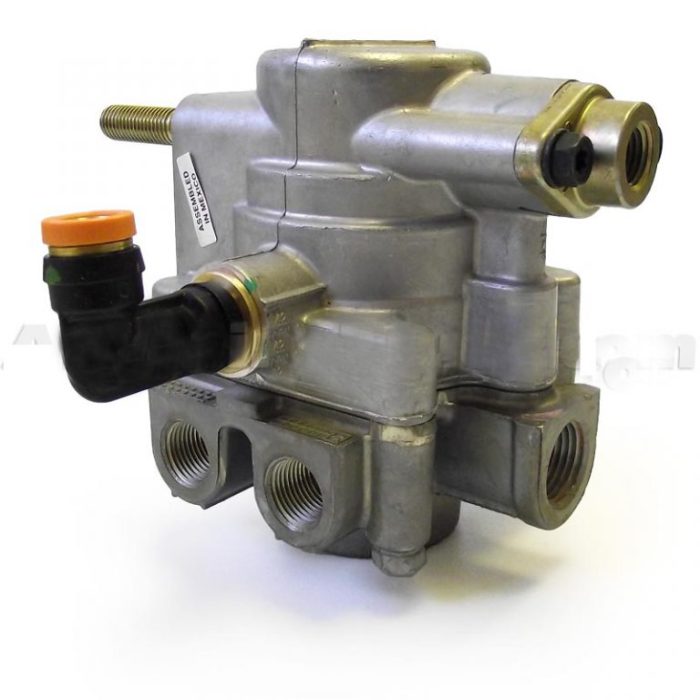
Modulating control valves, like any mechanical system, require proper maintenance and troubleshooting to ensure optimal performance and longevity. Regular inspections and preventive maintenance practices can help identify and resolve issues early on, preventing costly repairs and unexpected downtime.
Common problems associated with modulating control valves include:
- Sticking or binding of the valve spool or stem
- Leaking or worn seals or diaphragms
- Clogged or restricted air passages
- Electrical faults in the solenoid or control circuitry
- Improper calibration or adjustment
Troubleshooting procedures involve identifying the symptoms, isolating the potential cause, and taking corrective action. This may include:
- Checking for proper air pressure and supply
- Inspecting the valve for physical damage or leaks
- Testing the solenoid or control circuitry for continuity and functionality
- Verifying the calibration and adjustment of the valve
Importance of Regular Maintenance
Regular maintenance is crucial for ensuring the reliability and longevity of modulating control valves. It helps prevent premature failure, improves performance, and reduces the risk of unplanned downtime. Maintenance tasks typically include:
- Visual inspection of the valve and its components
- Cleaning and lubrication of moving parts
- Testing and calibration of the valve
- Replacement of worn or damaged parts
Preventive Maintenance Practices
Preventive maintenance practices can help minimize the occurrence of problems and extend the life of modulating control valves. These practices include:
- Establishing a regular maintenance schedule
- Using high-quality components and materials
- Installing the valve in a suitable location
- Properly sizing and selecting the valve for the application
- Training personnel on proper operation and maintenance procedures
By following these troubleshooting and maintenance practices, engineers and technicians can ensure the optimal performance and reliability of modulating control valves in various industrial applications.
Future Developments
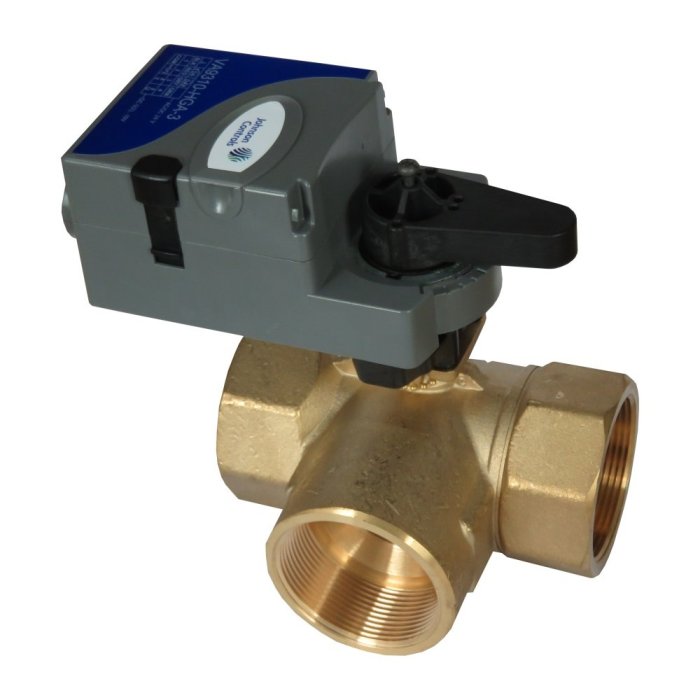
The realm of modulating control valve design is poised for advancements, driven by the quest for enhanced performance, efficiency, and reliability in braking systems. These advancements hold significant implications for the automotive industry, promising to revolutionize braking capabilities and redefine safety standards.
One notable area of innovation lies in the integration of advanced materials and manufacturing techniques. By leveraging lightweight and durable materials, engineers can create valves that are both robust and responsive, enabling precise control over braking pressure with minimal energy consumption.
Smart Valves and Automation
The advent of smart valves equipped with sensors and microcontrollers opens up new possibilities for intelligent braking systems. These valves can monitor system parameters, such as pressure, temperature, and flow rate, and adjust their operation accordingly. This real-time monitoring and adaptation enhance overall system efficiency and responsiveness, leading to smoother and more controlled braking.
Predictive Control Algorithms
Predictive control algorithms are making their way into modulating control valve design. These algorithms utilize advanced mathematical models to anticipate vehicle behavior and adjust braking pressure preemptively. By predicting the vehicle’s trajectory and accounting for factors like road conditions and traffic patterns, predictive control algorithms optimize braking performance, reducing stopping distances and improving overall safety.
Integration with Advanced Driver Assistance Systems (ADAS)
The future of modulating control valve technology lies in its integration with ADAS. By seamlessly connecting with sensors and actuators, these valves will play a pivotal role in automated braking systems. This integration enables autonomous vehicles to make split-second decisions and execute precise braking maneuvers, enhancing safety and reducing the risk of collisions.
Key Questions Answered
What is the primary function of modulating control valve air brakes?
Modulating control valve air brakes regulate the air pressure supplied to brake actuators, enabling precise and proportional braking force.
How do modulating control valves differ from conventional air brake valves?
Modulating control valves provide continuous and variable air pressure adjustment, unlike conventional valves that offer only discrete pressure levels.
What are the advantages of using modulating control valve air brakes?
They offer improved braking response, reduced stopping distances, enhanced stability, and increased tire life.